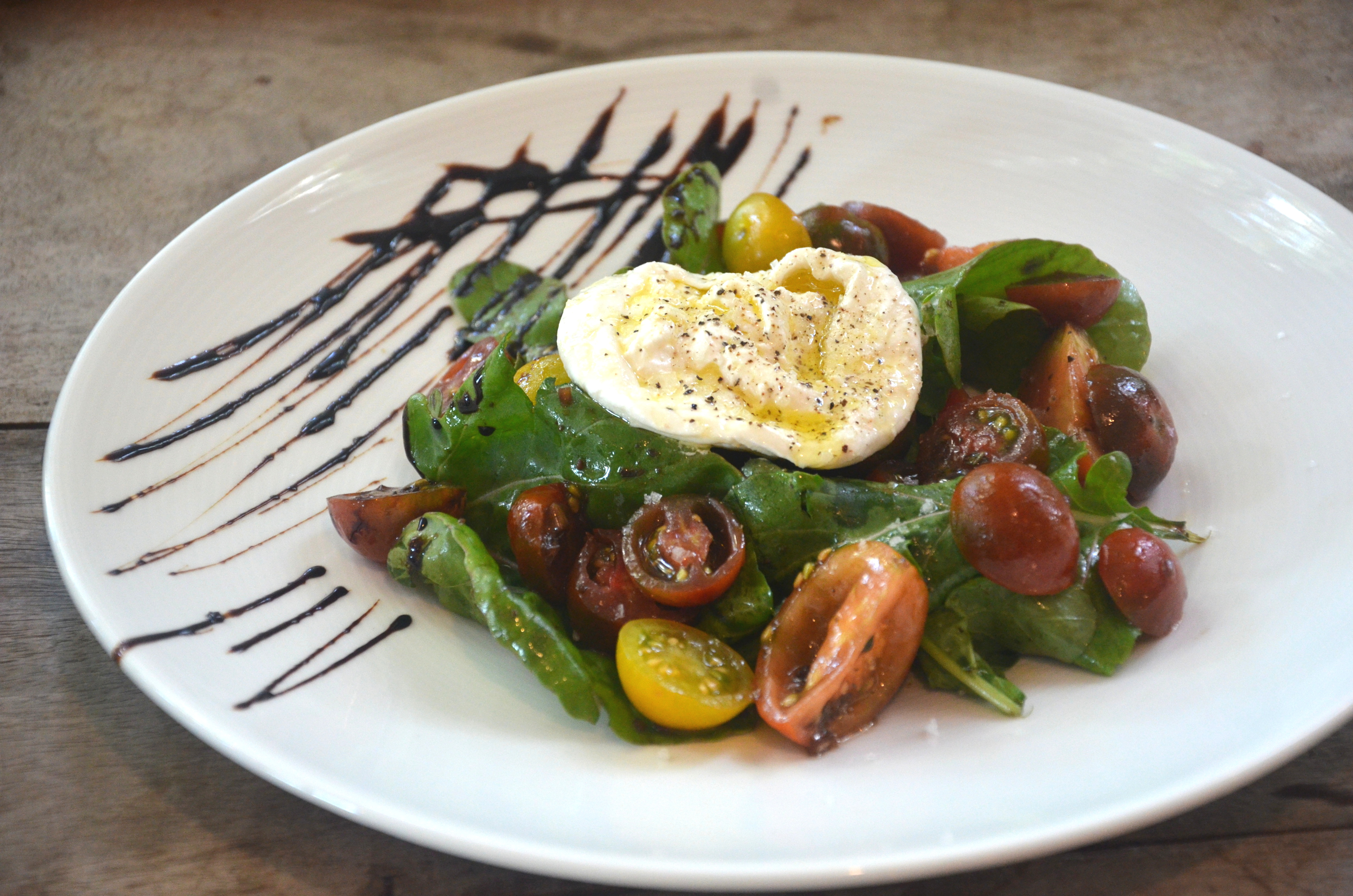
There is so much to talk about when it comes to tomatoes. Are they a fruit or a vegetable? Why do some people not enjoy eating raw tomato but love it when cooked? Should we store tomatoes in the fridge or at room temperature?
To begin, tomatoes originated in the South American Andes around the area of modern day Peru and were first used as a food by the Aztec’s in Southern Mexico.
Scientifically speaking, a tomato is a fruit. True fruits are developed from the ovary in the base of the flower, and contain the seeds of the plant. Blueberries, raspberries, and oranges are true fruits, and so are many kinds of nuts. As far as cooking is concerned, tomatoes are often called a vegetable because they are used in savoury rather than sweet cooking.
Certain key taste receptors are responsible for preventing some people from appreciating the rich, sweet, meaty flavour of raw tomatoes that others adore. Tomatoes have something on the order of 400 volatile compounds and who knows which one of those (or combination thereof) might be responsible for the harsh reaction some experience in response to raw tomatoes.
While cooking tomatoes for just two minutes may decrease their vitamin C content by 10 per cent, whether you roast them slowly or make a cooked sauce, this also helps to break down the plant cell walls allowing us to better absorb the antioxidant lycopene. All these nutrients help to safeguard our cells from environmental damage, may protect us from certain cancers and are heart-friendly.
Tomatoes are rich in vitamin A and vitamin C. These vitamins, also called antioxidants, are known to fight off the effects of free radicals, known to cause cell damage in the body.
Tomatoes are an excellent food for aiding in vision improvement due to their high concentration of vitamin A. Tomatoes also contain a high amount of chromium, which has been proven to be helpful in controlling your body’s blood sugar level.
The presence of potassium and vitamin B help to lower high cholesterol levels and blood pressure. This can aid in the prevention of heart attacks and strokes.
Store fruits like tomatoes at room temperature rather than in the fridge to optimise the ripening process and increases the levels of that valuable lycopene.
The Brasserie’s Head Gardener Aidé Davila has been busy harvesting tomatoes from our garden for Chef Thomas to create this deliciously fresh tomato salad (pictured above) that currently features on the Restaurant menu.
CAYMAN TOMATO SALAD
Serves 6
Ingredients
Black Garlic Vinaigrette:
5 cloves black garlic
1 tablespoon thyme, finely chopped
1 shallot, finely chopped
½ cup balsamic vinegar
1 cup extra virgin olive oil
1 teaspoon kosher salt
Balsamic Reduction:
1 cup balsamic vinegar
For the salad:
1 pound local slicing tomatoes, sliced into wedges
1 pound local cherry tomatoes, cut in half
½ pound arugula
½ cup basil leaves
3 burrata mozzarellas
½ cup extra virgin olive oil
Cayman sea salt
fresh ground pepper
Method
In a small sauce pot set over medium high heat, bring to a simmer then reduce the heat to low. Carefully reduce the vinegar for about 10-15 minutes. Be careful as it will burn easily. When it is able to coat a spoon, then it should be thick enough to use. Remove from the heat and allow to cool before pouring into a container.
Gently toss the tomatoes, basil and arugula with ½ cup of the black garlic vinaigrette, season with salt and pepper. Divide the salad between 6 plates. Cut the burrata in half and place on half of each burrata on the salad. Season liberally with Cayman sea salt, fresh ground black pepper and olive oil. Carefully drizzle the balsamic reduction on the plate.

